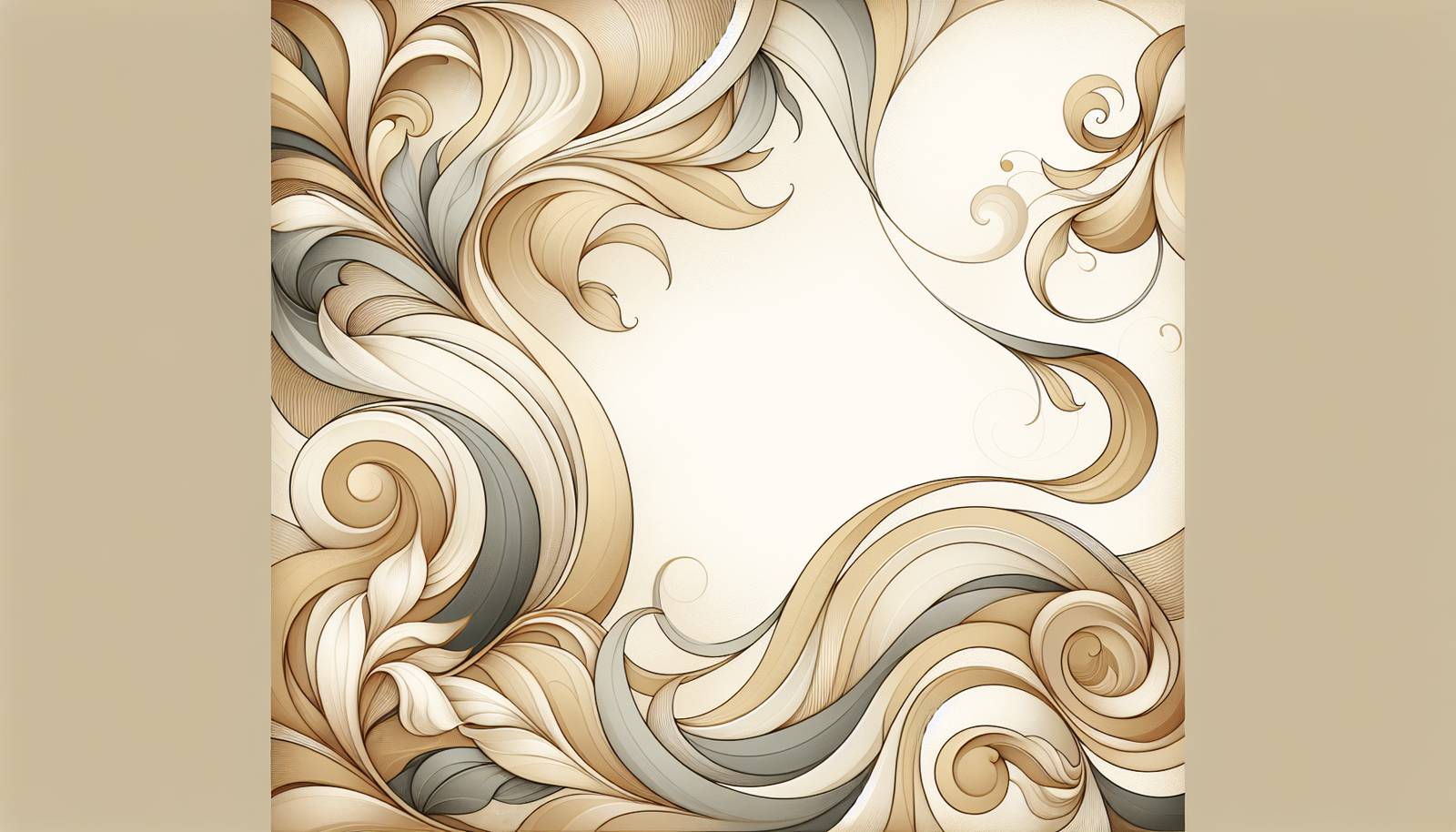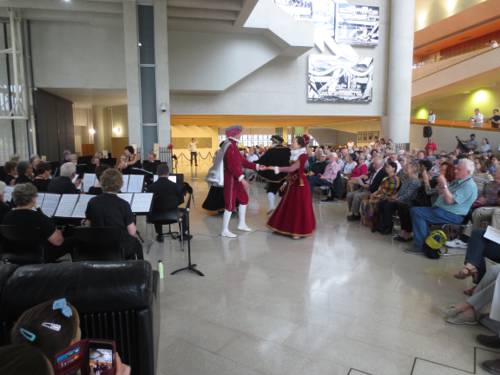
FAQ About The Influence of Renaissance Dance on Modern Choreography

What are some key characteristics of Renaissance dance?
Renaissance dance is characterized by its intricate footwork, symmetrical patterns, and often formal and structured movements. It evolved during the 14th to 17th centuries and included various types such as the stately pavane, vibrant galliard, and lively courante. These dances were typically performed in social contexts, with an emphasis on elegance and precision.

How did Renaissance dance influence ballet?
Renaissance dance provided foundational elements that evolved into the ballet. During the Renaissance, court spectacles incorporated dance, music, and drama which laid the groundwork for ballet's formality, codified steps, and theatrical storytelling. The precision and structure seen in ballet's classical technique are directly linked to Renaissance dance traditions.

What is an example of a Renaissance dance that has impacted modern choreography?
The galliard, known for its lively and energetic movements, has influenced modern choreography by contributing to the development of agility and virtuosic displays in dance. This Renaissance dance's emphasis on leaps and coordinated footwork is reflected in the dynamic elements seen in various contemporary dance styles.

In what ways are Renaissance dances incorporated into modern dance education?
In modern dance education, Renaissance dances are often studied to provide students with historical context, technical skills, and a deeper understanding of the evolution of dance. They help students learn about rhythm, the use of space, and partnership, which are essential skills in both historical and contemporary choreography.

How do stylistic aspects of Renaissance dance appear in contemporary choreography?
Contemporary choreography sometimes draws on the stylistic elements of Renaissance dance, such as the emphasis on symmetry, geometric floor patterns, and the formality of movement. Choreographers may integrate these elements to create a sense of balance and order within modern compositions.

Have any modern choreographers explicitly cited Renaissance dance as an inspiration?
Yes, some modern choreographers have drawn inspiration from Renaissance dances to explore historical contexts or to bring elements of its style into avant-garde works. For instance, choreographers might explore the use of court dance aesthetics to comment on social structures or to integrate rhythmical footwork typical of the Renaissance era.

What role did music play in Renaissance dance, and how does this compare to modern choreography?
Music played a crucial role in Renaissance dance, providing the tempo and mood for each dance type. Composers such as John Dowland and Michael Praetorius created music specifically for dancing. In modern choreography, music remains a critical component, often influencing the pace, style, and emotion of performances, similarly to the Renaissance period.

What are common misconceptions about the influence of Renaissance dance on modern choreography?
A common misconception is that the influence of Renaissance dance is limited to balletic and classical styles. In reality, its complex footwork, music integration, and stylistic features have informed various modern dance practices, including jazz and even street dance styles which employ intricate steps and rhythmical precision.

How is symmetry in dance, influenced by Renaissance styles, used in modern choreography?
Symmetry, a major feature of Renaissance dance, is often used in modern choreography to create aesthetic balance and visual harmony. Choreographers might employ symmetrical formations and mirrored movements to evoke the orderliness and beauty characteristic of historical dance sequences.

What technical elements of Renaissance dance are evident in today’s dance techniques?
Technical elements such as turn-out, precise footwork, and floor patterns from Renaissance dance are evident in today’s dance techniques. These components have been integrated into various dance disciplines, including ballet, jazz, and contemporary, where they contribute to dancers' versatility and expressiveness.

Can Renaissance dances be performed today in their original form?
Yes, Renaissance dances can be performed today, often by historical dance ensembles that aim to preserve and replicate the style accurately. These performances are typically based on documentation from the period such as dance manuals and paintings, aiming to capture their original spirit and technique.

Have Renaissance dance themes been used in any well-known modern dance productions?
Yes, themes from Renaissance dance have been explored in modern productions, often as a way to contrast historical and contemporary concepts. Productions may incorporate period costumes or music alongside modern choreography to highlight cultural discussions or to blend styles creatively.

What educational resources are available for learning about Renaissance dance?
Several educational resources are available, including online courses, workshops, books, and academic articles focused on Renaissance dance. Institutions and historical dance groups may also offer practical sessions that delve into the styles, music, and cultural significance of these dances.

How do modern dance companies approach integrating historical dance elements?
Modern dance companies may approach the integration of historical dance elements by undertaking research into the period, consulting with historians, and experimenting with movement vocabulary. They often blend these elements with contemporary techniques to create unique performances that respect historical authenticity while innovating new forms.

Why is the study of Renaissance dance important for contemporary dancers?
The study of Renaissance dance is important for contemporary dancers as it offers historical context, enhances technical proficiency, and broadens stylistic range. Understanding these roots allows dancers to appreciate the evolution of dance and utilize a more diverse set of movement tools in their practice.

How did Renaissance dance reflect the society and culture of its time?
Renaissance dance reflected the society and culture of its time by mirroring the social hierarchy and courtly elegance of European courts. These dances were often a form of social display and were tied to music and art, emphasizing harmony, precision, and the humanistic ideals of the Renaissance.

What are some notable Renaissance dance manuals, and how do they contribute to our understanding of the period's choreography?
Notable Renaissance dance manuals include "Il Ballarino" by Fabritio Caroso and "Orchesography" by Thoinot Arbeau. These documents provide detailed instructions and insights into the dance styles, steps, and social contexts of the period, serving as invaluable resources for both historical and modern dance scholars.

Are Renaissance dance techniques applicable to modern dance choreography?
Yes, Renaissance dance techniques are applicable to modern choreography as they offer a rich vocabulary of steps, floor patterns, and stylistic nuances that can inspire creative exploration. Choreographers might use these techniques to add historical depth or to challenge dancers with intricate movement phrases.

What impact did Renaissance dance have on later historical dance trends?
Renaissance dance had a significant impact on later dance trends by establishing foundational forms and social functions that lasted into the Baroque period and beyond. This influence is seen in the continuity of dance's role in society as both entertainment and a sophisticated art form, shaping the evolution of Western dance traditions.
